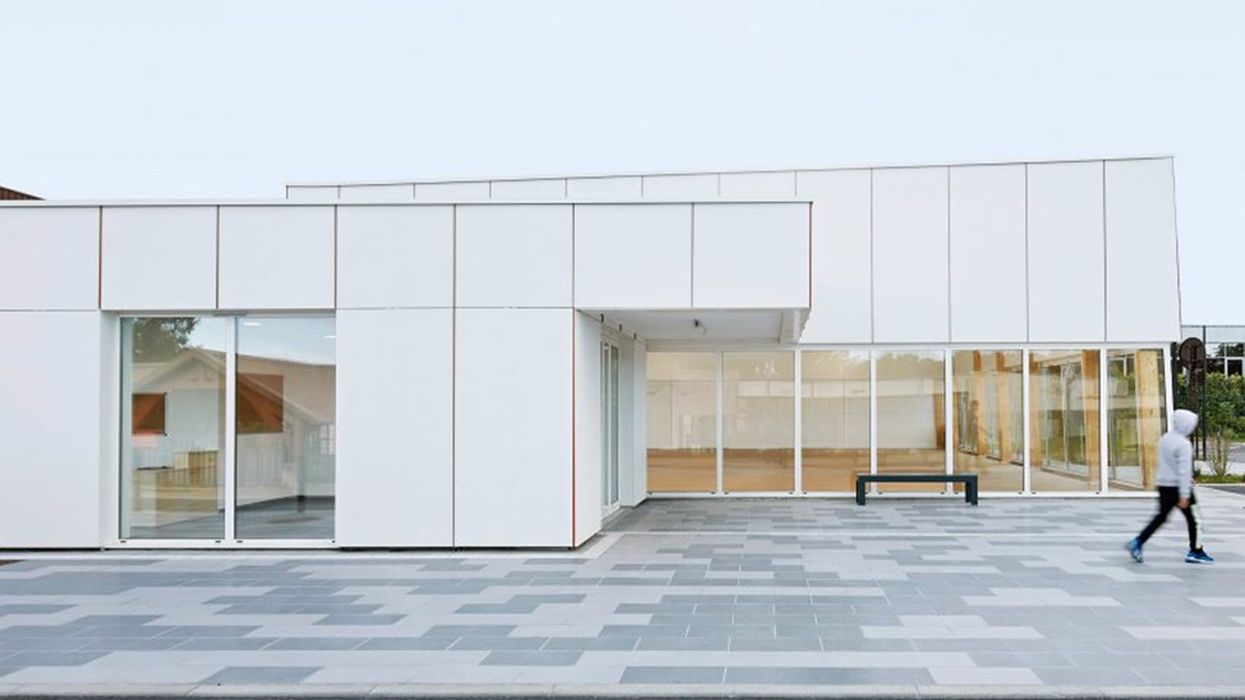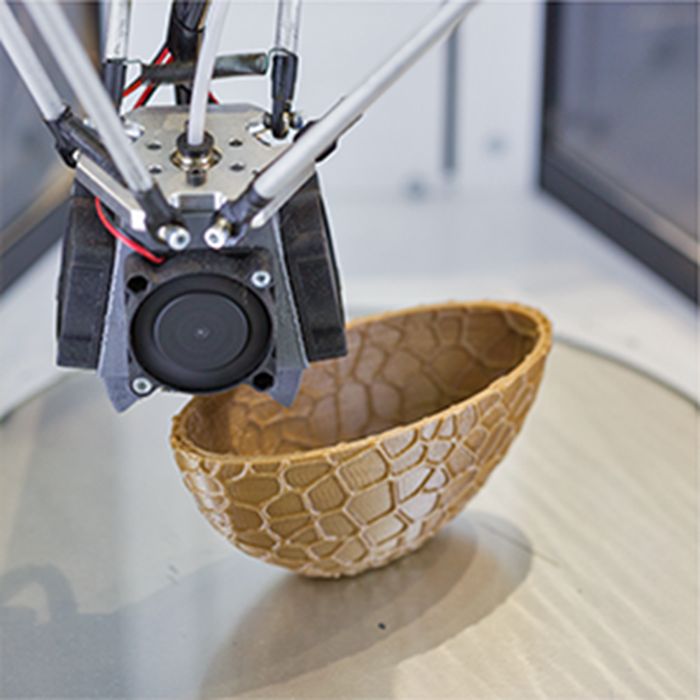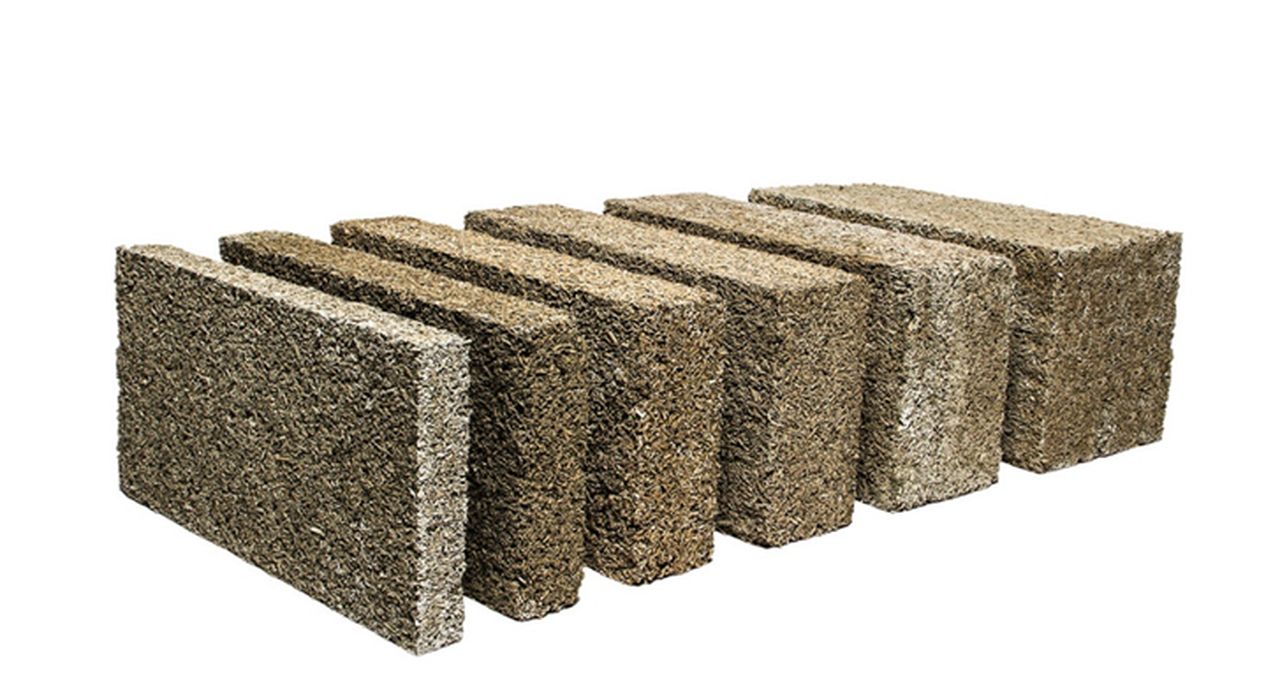
Charles R. Goulding and Preeti Sulibhavi look at a unique material for 3D printed construction.
In a March 1st, 2023, article in The New York Times, titled “For Green Materials, Builders Turn to Hemp,” the topic of hemp as a viable substitute for construction materials was covered. Hemp can be used in block form or poured like traditional concrete using hempcrete, a combination of lime, hemp fibers and a chemical binder. Panels made of hemp can also be used.
This is being taken very seriously as the Pierre Chevet Sports Hall, in Croissy-Beaubourg, located on the outskirts of Paris, was the first commercial project in France to be constructed almost entirely with hemp construction blocks.
The reason for this shift lies predominantly with builders looking for sustainable materials that are both environmentally friendly and economically feasible.
The article quoted Sonia Sifflet, a leading architect in France who worked on the Pierre Chevet Sports Hall, as saying, “In five years, it will be normal to use hemp blocks.” This is a massive development for the industry and a huge shift in resources.

The 3D printing industry has been integrating hemp into its technology. Hemp can be transformed into filament to be used for 3D printing. Biodegradable, recyclable and free from toxins, it can replace petroleum-based plastics. The material has a higher impact resistance than regular PLA. Bioplastic made using hemp is fully biodegradable and compostable. It also makes an odorless print material and, compared to other materials, it has better technical characteristics.
3D printers have been used to extrude concrete for building and construction purposes as we have covered on Fabbaloo, previously. We have also covered how the 3D printing industry is finding unique ways to utilize Hemp.

It should be clear to Fabbaloo readers that using Hemp in construction can be a trend that the 3D printing industry can help advance. Currently, hemp is being used in 3D printing textiles, rope, and biofuel. Similar to jute in its durability, hemp, although from a different source has similar 3D printing properties.
The Research & Development Tax Credit
The now permanent Research and Development (R&D) Tax Credit is available for companies developing new or improved products, processes and/or software.
3D printing can help boost a company’s R&D Tax Credits. Wages for technical employees creating, testing and revising 3D printed prototypes can be included as a percentage of eligible time spent for the R&D Tax Credit. Similarly, when used as a method of improving a process, time spent integrating 3D printing hardware and software counts as an eligible activity. Lastly, when used for modeling and preproduction, the costs of filaments consumed during the development process may also be recovered.
Whether it is used for creating and testing prototypes or for final production, 3D printing is a great indicator that R&D Credit eligible activities are taking place. Companies implementing this technology at any point should consider taking advantage of R&D Tax Credits.
Conclusion
The approach that the French architecture firm, Lemoal Lemoal, has taken in designing the Pierre-Chevet, is something that can catch on in the US and North America as well. We believe that this is the beginning of a new era in construction.

